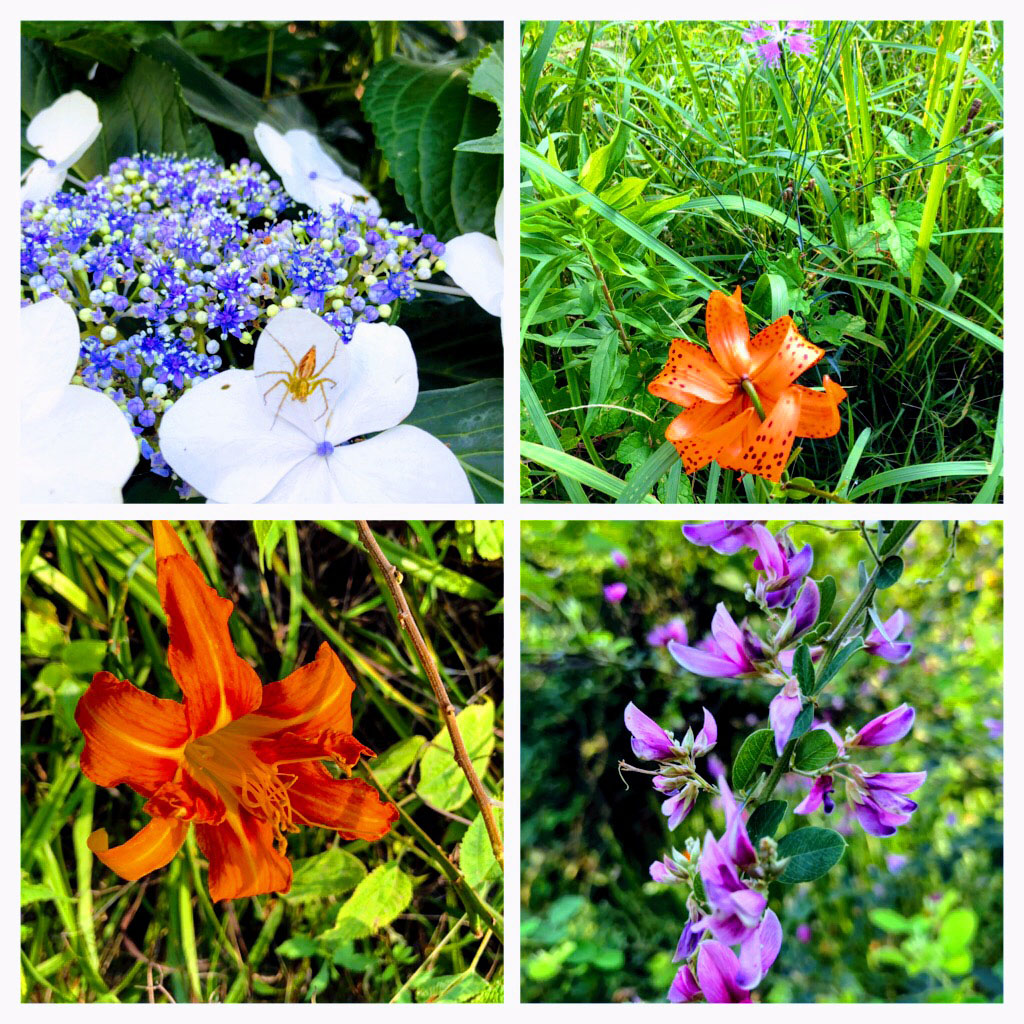
“An outstanding characteristic of the Japanese national temperament is the innate love for flowers even among the common people. If the love for flowers as a national characteristic is considered proof of the cultural level of a society, then it seems that the common people of Japan are far superior to those of our country”. These are the famous words of Robert Fortune, a plant hunter from the British East India Company who came to Japan in the late Edo period. The Japanese fondness for flowers was already known to plant hunters from around the world during the late Edo period, and many plant hunters and flower merchants visited Japan. They were surprised to find cacti and aloe, which were unknown in China, already being appreciated in Japan, as well as strawberries from England being sold. The passion for gardening among the people of Edo can also be seen through ukiyo-e prints. They depict people enjoying various flowers at home, as well as showcasing selective breeding, variations, and chrysanthemum shaping, which were renowned as spectacles. The depiction of people admiring plants during that time is not so different from us in the present day. This tradition has been passed down to the present, and many tourists from around the world flock to Japan to see the cherry blossoms and various other flowers throughout the four seasons.
「日本人の国民性の著しい特色は、庶民でも生来の花好きであることだ。花を愛する国民性が、人間の文化的レベルの高さを証明する物であるとすれば、日本の庶民は我が国の庶民と比べると、ずっと勝っているとみえる。」ー江戸時代末期に日本にやって来た、英国東インド会社のプラントハンター、ロバート・フォーチュンの有名な言葉です。日本人の花好きは、江戸時代末期には世界のプラントハンター達に知れ渡っていて、多くのプラントハンター達や花商人達が日本を訪れています。中国でも知られていないサボテンやアロエがすでに日本で鑑賞されていたり、イギリス産の西洋イチゴが売られていたという事実に彼等は驚いています。江戸の人々の園芸熱は浮世絵を通しても知ることがでできます。そこには、家で様々な花を育てて楽しみ、品種改良や変種、造菊など見世物として評判を呼んだものも描かれています。植物を愛でる当時の人々の姿と、現代の私たちはそう変わらないことが良くわかります。その習慣は現代にも引き継がれ、桜の花見をはじめ、日本の四季折々の花々を見るために、世界から多くの観光客が日本に押し寄せています。
